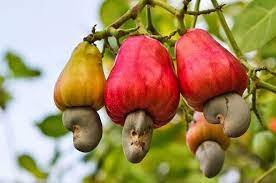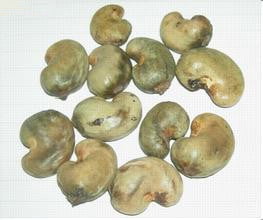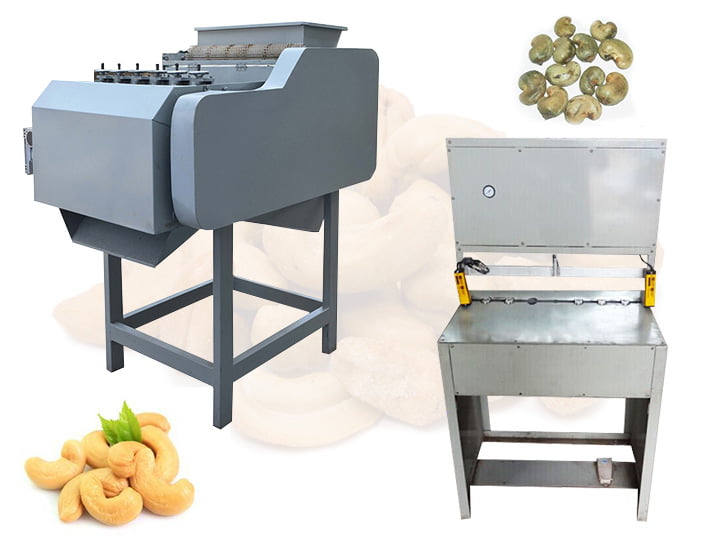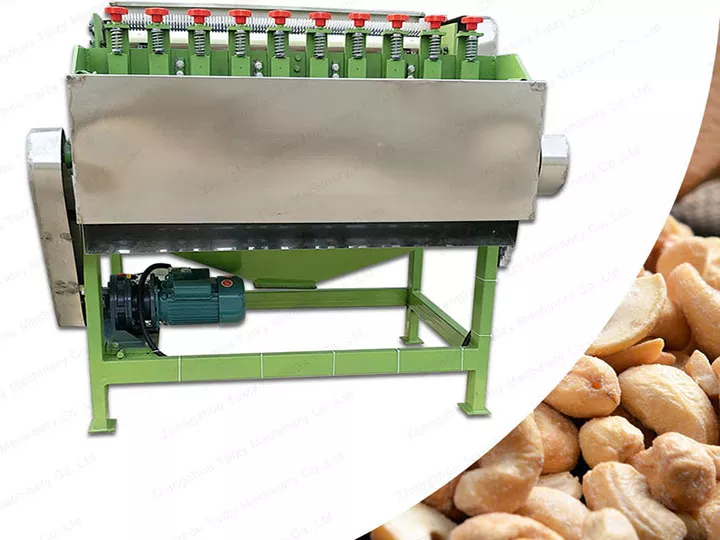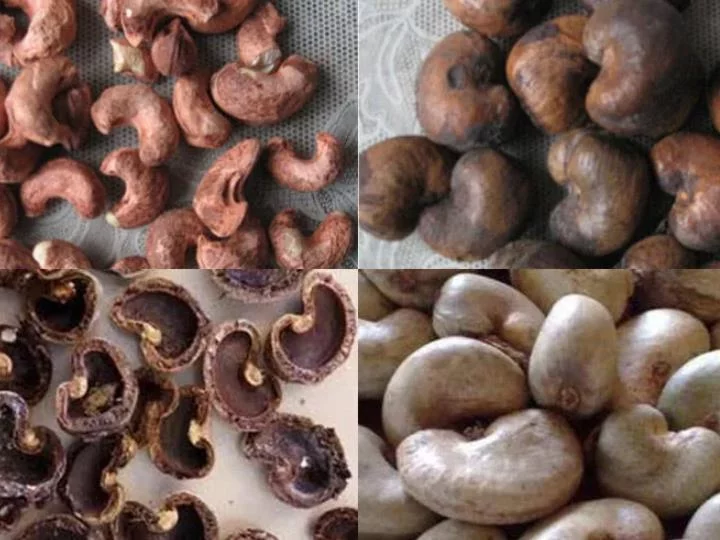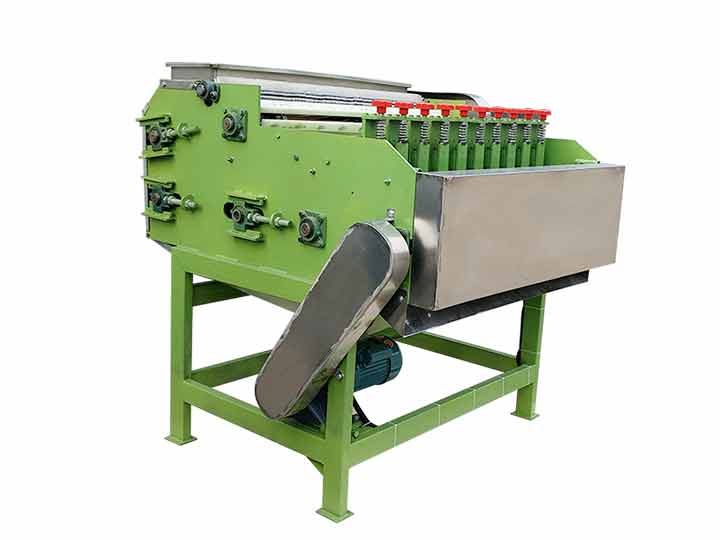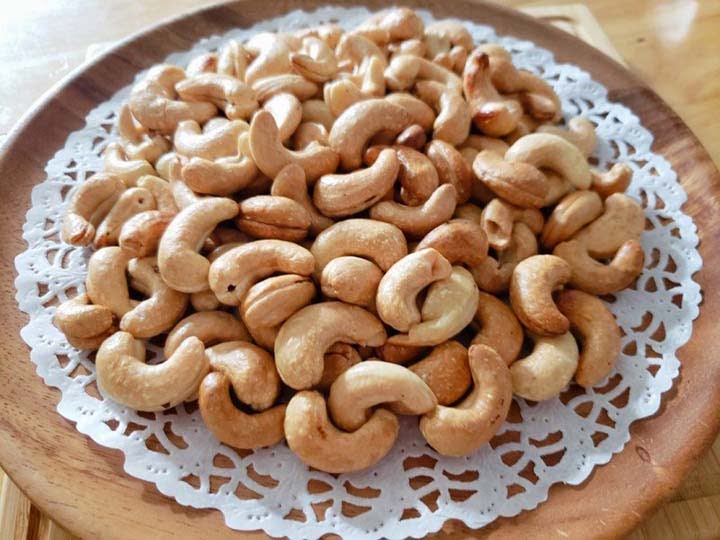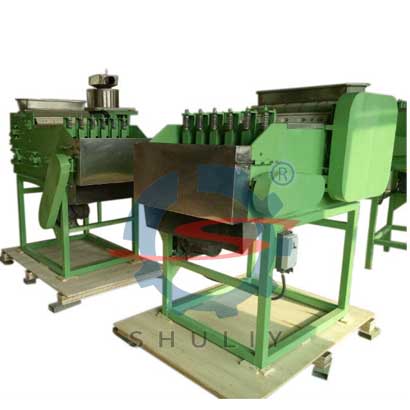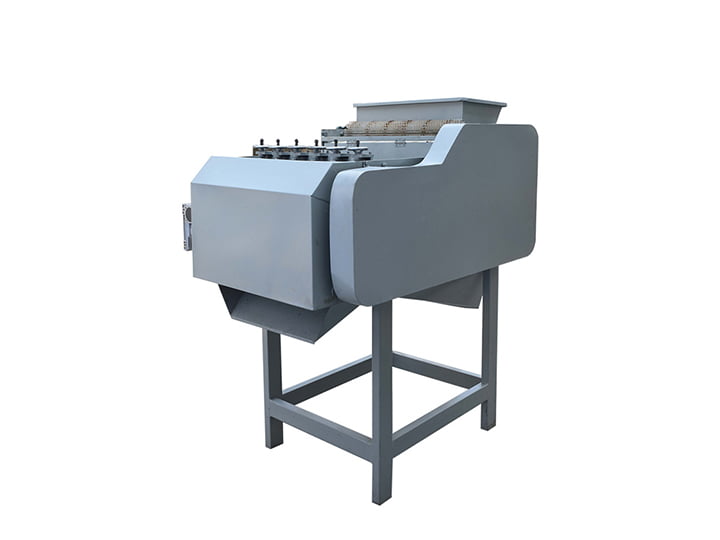Why not see cashew nuts in shell sold?
When buying nuts, many people like to buy cashew because they don’t need to be peeled. The walnuts must be clamped by the door, and the macadamia nuts need a shell opener. Even if it is a peanut, you have to take a lot of effort to peel the shell. But why are there no cashew nuts in shell on the market?
Cashew nuts shape
The cashew nuts we usually eat are relatively small, but the cashew that really hangs on the branches looks very big. Because in addition to the cashew nut itself, there is also a fake fruit like a pear! This fake fruit is called the cashew apple, which embodies the superb survival wisdom of the plant.
Fruits are generally the ideal food for birds. These greedy guys can’t wait to peck at the fruits before they are mature. Cashew is much smarter! A soft and juicy fake fruit has grown there purposely for birds to eat, while the nut that is truly responsible for carrying the plant on can avoid the unfortunate fate of being pecked.
In fact, the cashew apple is edible for humans. It tastes sour and sweet and is rich in vitamins and fructose. In Brazil, people squeeze it into juice for drinking, and Indians also use it to make wine. There is no seed in cashew apple, the real seed is the nut!
Cashew nuts shell
Perhaps the cashew tree pays too much attention to carrying the seed on. In addition to growing cashew apple, it also adds another layer of protection to the seed. There is a hard shell outside the cashew seed. The reason why we don’t sell cashew nuts in shell is that the shell is poisonous! The shell contains a special chemical substance, which is corrosive to human skin.
Before modern machinery and equipment were invented, people shelled cashew nuts by hand. The process is more troublesome. Firstly, roast the cashew on the fire to remove the toxic substances in the shell, and then take out the kernels by hand after the shell burst. Even with gloves in the process, workers’ hands will still be corroded badly.
Therefore, our cashew nuts processing line is of great significance for improving cashew nuts production efficiency and increasing safety.
Cashew history
Cashew nuts were originally grown in the rain forests of northeastern Brazil. The locals have been eating cashew nuts early on. After the Portuguese colonists arrived, they also fell in love with this kind of nuts. Unlike the honest locals, the Portuguese were eating cashew nuts while still wondering how to use this stuff to make some money!
South America is too far away from Europe, the main consumer market, so the Portuguese tried to bring cashew nuts to Africa for cultivation. In Mozambique in East Africa, they succeeded. Cashew nuts, a plant that does not require high soil conditions, took root in Africa. Soon the cashew spread to Kenya and then to India.
Why not take it directly to Europe?
It turns out that cashew likes a warm and humid climate. But when it encounters frost, it cannot grow. Therefore, it needs to be planted in an area that is relatively mild all year round.
Well, now we know that cashew nuts have a hard shell. The shell contains toxins, so it can’t be sold with shell. If you have a chance to see wild cashew, don’t try to bite its shell with your mouth!

